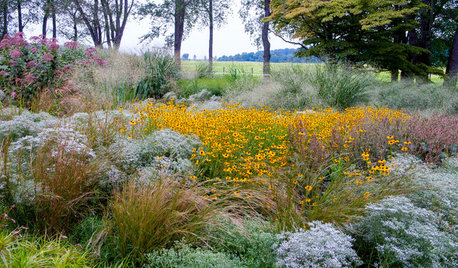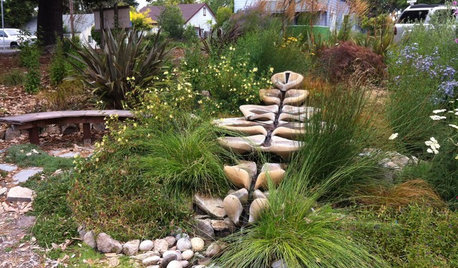Oxygen depletion
oakleaf33
15 years ago
Related Stories

EARTH DAYGrow a Beautiful Garden With Ecofriendly Greywater
Reducing home water waste means lower bills and a healthier planet. Here's how to set up a greywater home irrigation system that can help
Full Story
DECORATING GUIDESPalm Trees Take Interiors on a Tropical Vacation
Conjure a sultry vibe or bring welcome life to modern rooms. Whatever your interior design style, palm trees are the ticket to enhancing it
Full Story
GARDENING GUIDESThe Surprising Ingredients Every Good Garden Should Have
See what to do — and not do — for lasting rewards in your landscape
Full Story
LANDSCAPE DESIGNNew Ways to Design With Water
Go beyond 3-tiered fountains and faux waterfalls to discover water's architectural possibilities
Full Story
BEDROOMS7 Ways to Make a Small Bedroom Look Bigger and Work Better
Max out on comfort and function in a mini space with built-ins, wall mounts and decorating tricks that fool the eye
Full Story
TINY HOUSESHouzz Tour: A Custom-Made Tiny House for Skiing and Hiking
Ethan Waldman quit his job, left his large house and spent $42,000 to build a 200-square-foot home that costs him $100 a month to live in
Full Story
HISTORIC HOMESHamilton, the House!
In Upper Manhattan, explore the gracious home of Alexander Hamilton, the founding father turned Broadway star
Full Story
EVENTSOn Show: Weird, Wondrous Science Meets Design
Houses grown, not built. Power-generating soil. And snail poop that ... well, see for yourself in our coverage of a new Rotterdam exhibit
Full Story
REMODELING GUIDESFall Fixes: Get Your Fireplace Cold-Weather Ready
Here's the low-down on what to check before lighting the hearth for the holiday season
Full StorySponsored
More Discussions






greystoke
grizzman
Related Professionals
Windham Landscape Architects & Landscape Designers · New Bedford Landscape Architects & Landscape Designers · Wrentham Landscape Architects & Landscape Designers · Carson Landscape Architects & Landscape Designers · Forest Park Landscape Architects & Landscape Designers · Severn Landscape Architects & Landscape Designers · Simi Valley Landscape Architects & Landscape Designers · Billerica Landscape Contractors · Las Vegas Landscape Contractors · Longmont Landscape Contractors · Pompano Beach Landscape Contractors · Selden Landscape Contractors · Vallejo Landscape Contractors · Tyngsboro Landscape Contractors · Casselberry Landscape Contractorsoakleaf33Original Author
grizzman
datilman007
hooked_on_ponics
datilman007
hooked_on_ponics
grizzman
hooked_on_ponics
paul_l_2008
hooked_on_ponics
manuel_riivash_hotmail_com